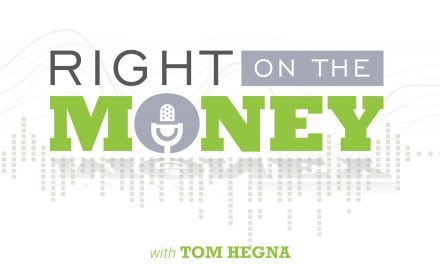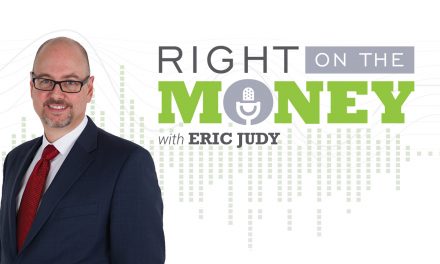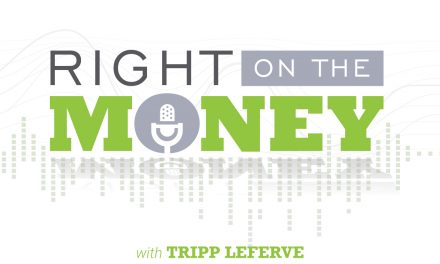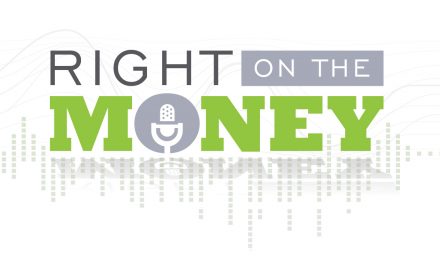Calculating the Human Value of Lifetime Earnings
One of the most overlooked aspects of measuring the economic loss of an adult family member or business associate is their earning power over their lifetime. The human value of generating revenue is rarely added to the indemnification formula to quantity the necessary amount of life insurance coverage. But even if lifetime earnings are thrown into the mix, the current low-interest-rate environment is creating a society of woefully under-insured breadwinners.
In a recent death-claim scenario, the surviving spouse received a check from the insurance company for $1,000,000 tax free at the passing of her husband. To most people, this is a lot of money—but not to live on. She, her husband and three children were living on his annual income of $120,000. Replacing it without spending down the insurance check was impossible. The best bank CD rate at the time was 2.25 percent. The best fixed-interest annuity rate was 3 percent—both inadequate. She has a significant aversion to market risk, so stocks, bonds, mutual funds and ETFs were off the table. She even investigated lifetime fixed annuity payout rates, but at her age, it only generated $50,000 a year. Keep in mind family indebtedness and future obligations like college and weddings had not been incorporated into overall bottom line. A million dollars is just not what it used to be, and neither is the low-interest-rate environment. Watch the interview with popular platform speaker, asset management and life insurance specialist Rob Hagg as he talks about protecting family, business associates and charities of choice with life insurance.
The current low-interest-rate environment doesn’t show any indication for significant increase anytime soon. That being the case, the amount of coverage is the only variable that can be changed. In this case, a more realistic, low-ball number for death benefit coverage is more likely to be $2,200,000; $50,000 to eliminate short-term debt, $150,000 to retire the existing mortgage and leaving the rest to generate sufficient income to maintain the family’s existing lifestyle. The good news here is term life insurance is cheaper than ever and breadwinners under age 50 can purchase it for up to 30 years. You can even buy convertible term life insurance in the event you need to extend your life insurance beyond the original period of coverage.
Life insurance can be an excellent indemnification product to protect family dependents, business associates and charities that depend on your benevolence. Life insurance basically addresses four major categories: indebtedness, future obligations, funding favorite charities and generating income to maintain the lifestyle of your beneficiaries. Life insurance costs pennies on the dollar. The death benefit is generally tax-free. But most importantly, it can deliver the financial peace of mind responsible people value and beneficiaries so appreciate.
Nationally syndicated financial columnist Steve Savant interviews with popular platform speaker, asset management expert and life insurance specialist Rob Hagg. Right on the Money is a weekly one-hour online broadcast for TV and radio distribution. The show contains five ten-minute segments that are redistributed online as individual video press releases.





